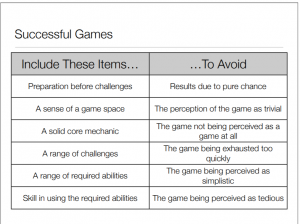I recently watched the video series “Pixel Pioneers”, a short video series on You Tube created by Stuart Brown. Each video goes through a different stage of the evolution of graphics in video games.
This series was a good overview and reminded me about some of the games I enjoyed playing as a child. Some of the earliest video games used very bare bones graphics where a flickering or moving image on the screen was impressive. Today we have games using the latest technology with real life graphics and cinematic experiences.
Here are a few of the games I remember playing that were shown in the series:
Pong and Pac-Man: Atari classics that I played at some point along the way. Simple games with a goal to accomplish. Pac-man has had sequels and revisions and is still played by kids today. Pong reminds me of table hockey, quick movements to keep the object out of your goal and score points against your opponent.
Dig Dug: I don’t think I ever played the original but recall playing Dig Dug 2 on the NES. It was a Blockbuster rental one weekend (remember those?) going around digging and defeating enemies along the way.
Super Mario Bros.: A classic. I got my NES when I was about 8 and I played lots of Super Mario Bros. and Duck Hunt which was the game that came with the system. The graphics are still nostalgic today as the platformer elements are included as bonus areas within newer games like Super Mario Oddysey.
Street Fighter II/Mortal Kombat: These fighting games were a big hit at the arcades and on the 16 bit consoles like Super Nintendo and Sega Genesis. I played my fair share of these as a teenager, and they spawned a great amount of remix fighting games throughout the late 90s.
Super Mario Kart: Another favorite from the Super Nintendo days. The video described this period as the Polygon Realm, and Super Nintendo with their Mode 7 technology allowed game designers to place 3D elements on top of a 2D surface giving the illusion of a 3D world.
There was a gap in my gameplay over the next generation or so, and I reemerged during the late 2000’s with the Wii Sports and Minecraft among other similar games. During this era there was an explosion of first person shooter games, which if you look at a list of Xbox and Xbox 360 games it seems like every other game on this list is this type of game. Not my cup of tea, but alot of people do like them hence their popularity and continued production of these games. As an appreciator of history, it would be interesting to play a game where you are involved in the strategy and story of the Revolutionary War or Civil War for example.
In the 5th video, Stuart tries to answer the question do graphics matter? I think it depends on the game and what you are looking to get out of it. For me, games like Madden and NHL and WWE, having the realistic graphics makes it feel like you are in the game or at the stadium which is fun. Mostly though, if the super graphics is not paired with the enjoyable game and a great story, it can take away from the experience (not to mention the load times).
You can check out this video series here on You Tube.
The Tech Integrator

